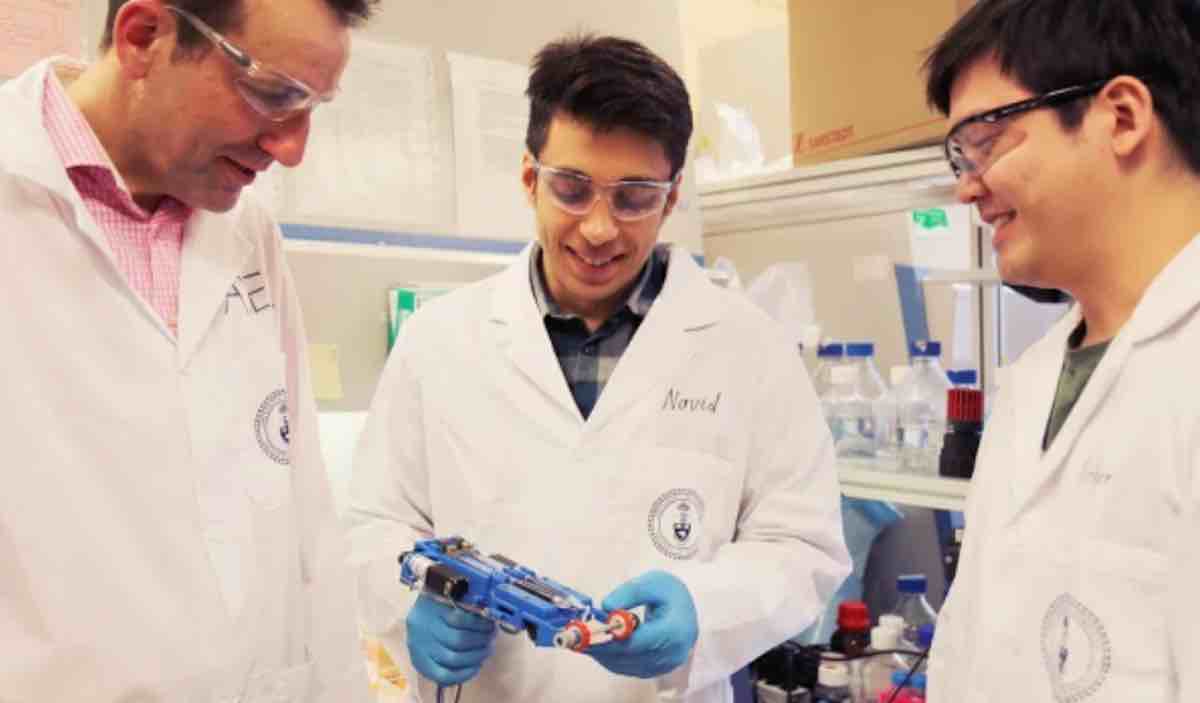Thanks to this latest breakthrough in 3D-printing technology, skin grafts may soon be a thing of the past. Instead, physicians could just heal those injuries by simply printing out a new sheet of skin on the spot.
Researchers at the University of Toronto have developed a handheld 3D skin printer that can quickly manufacture fresh skin tissue that can cover and fill a wound in less than two minutes – and the team believes it to be the first contraption of its kind.
The device is shaped similarly to a packing tape dispenser, except instead of tape, it distributes tissue sheets made out of “protein-based biomaterials including collagen, the most abundant protein in the dermis, and fibrin, a protein involved in wound healing.” The printed material can then penetrate all three layers of skin to properly heal the wound.
RELATED: Magnetic Brain Treatment Erases Suicidal Thoughts in Dramatic Portion of Depressed Patients, Study
Currently, the preferred method of treating these kinds of injuries is with skin grafts that require large portions of donor skin. Because there is rarely enough donor skin to cover an injured area, however, this usually leads to a poor recovery and healing process.
Although other bioengineered skin tissues have already been developed, none of them have been used very widely.
“Most current 3D bioprinters are bulky, work at low speeds, are expensive and are incompatible with clinical application,” explains Professor Axel Guenther.
MORE: Alzheimer’s Gene is Neutralized in Human Brain Cells for the First Time
“Our skin printer promises to tailor tissues to specific patients and wound characteristics,” says PhD student Navid Hakimi who led the research. “And it’s very portable.”
According to the researchers, they must complete further tests before starting human trials, but they hope that their contraption will one day revolutionize the way that physicians treat burn victims.
Their findings are currently published in the scientific journal Lab on a Chip.
Be Sure To Share The Breakthrough With Your Friends – Photo by Liz Do / University of Toronto




















